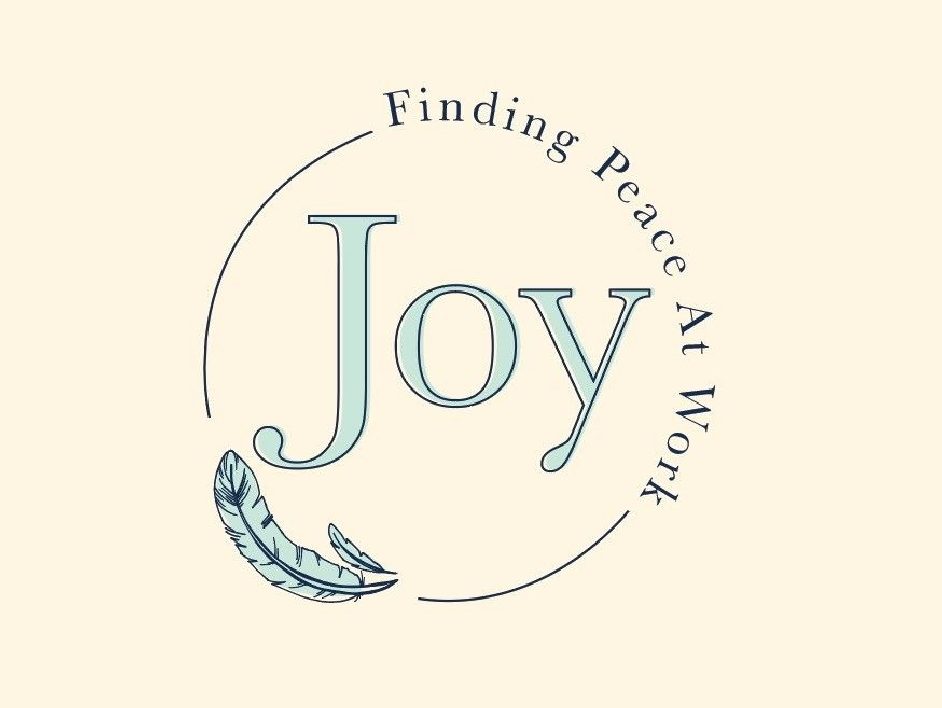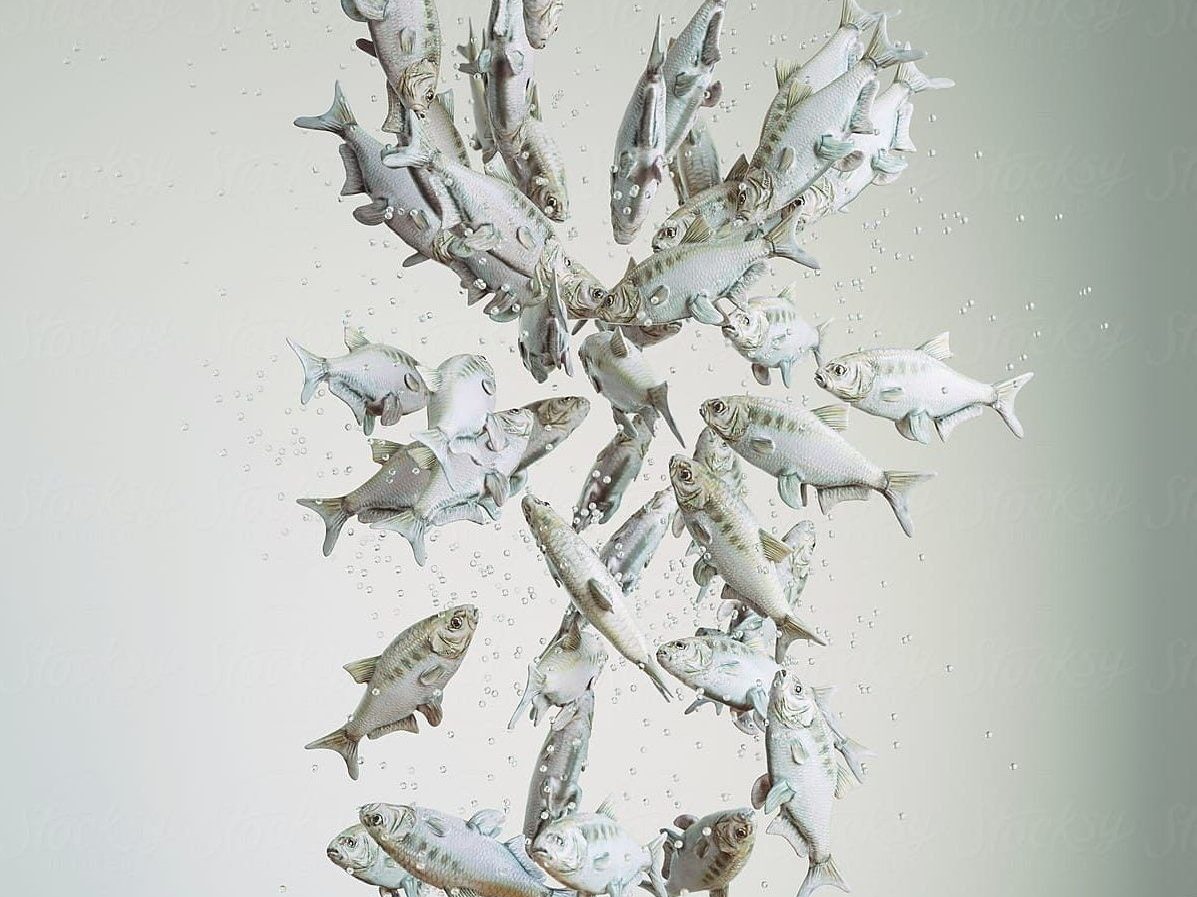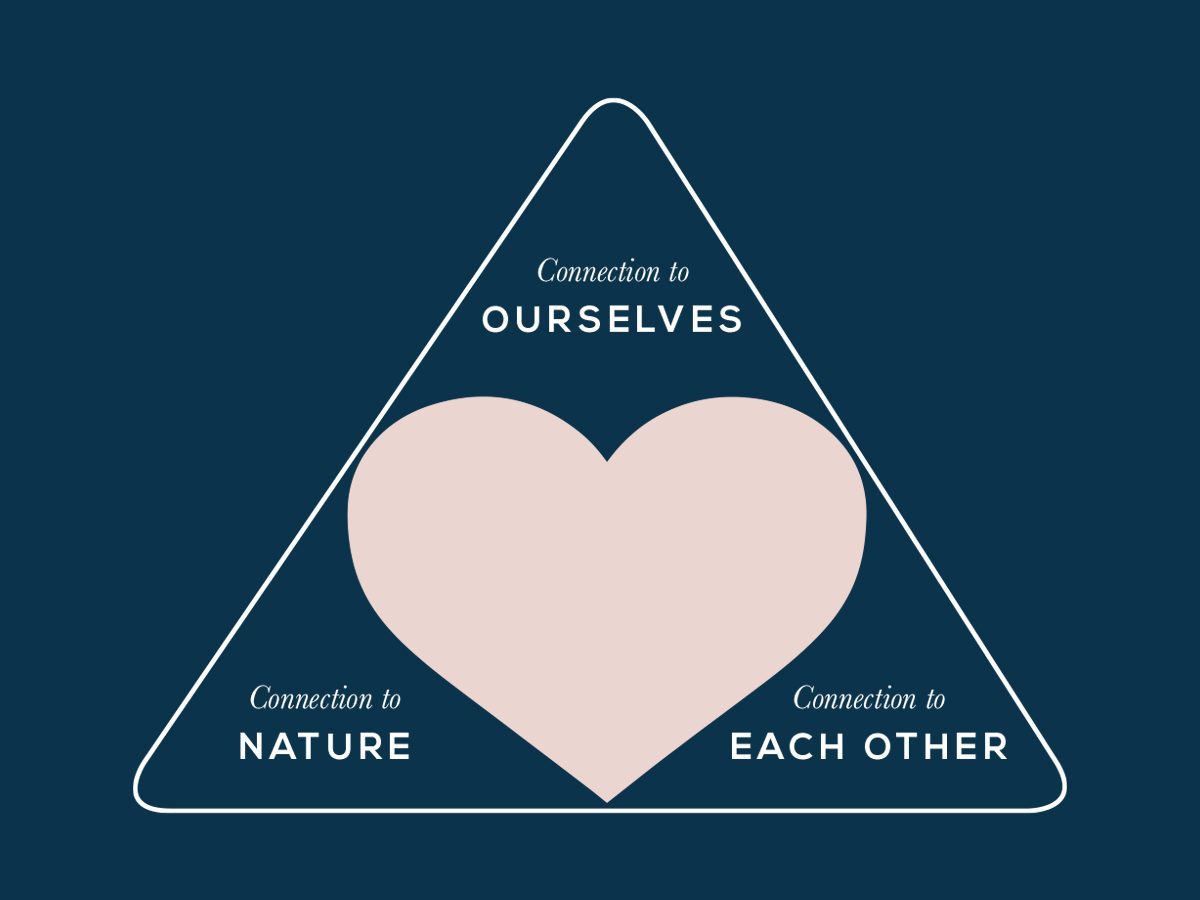
Finding peace at work in a three-letter word
Challenging times call for challenging workplace norms
These times are challenging us in new and unexpected ways. We are being urged to plan in a constantly shifting environment, we are being encouraged to help our team members stay connected when we are physically apart and we are being asked to juggle the extremes of work and life in the one location. Not to mention that on a deeper level, we are being called to accept uncertainty as the new norm.
Leaders around the world are looking for a thread, something they can hang meaning off and keep their team members connected, engaged and mentally ‘well’. There has been a lot written about wellbeing while remote working – setting up the perfect home office, Zoom hints and tips, strategies to stay sane while juggling home learning, new daily routines and more. But these times are asking us to cross the boundaries in our minds and reimagine the accepted and well-worn ways of ‘being’ at home and at work.
How can we address the deeper feelings of anxiety and fear nipping at everyone’s heels and instil more calm, compassion and creativity? How might we move away from workplace wellness conversations centred squarely on team happiness levels and coaching around individuals’ emotions, or sporadic online mindfulness and social activities and hang outs, and step up into something more enduring?
Enter joy. But first, an important distinction to happiness.
Joy is a feeling. Happiness is an emotion. Happiness is transitory, joy has longevity. Joy is an underlying truth that good or bad circumstances (hello COVID) can’t dictate, whereas happiness is rooted in circumstance. Happiness happens to us whereas joy is a purposeful choice.
Joy is an attitude cultivated in the heart. Joy is enduring, like a well that never runs out of water no matter how much you drink. Joy has many bedfellows, sharing space with other emotions like sadness, shame or anger. Happiness doesn’t like sharing. It’s possible to feel joy in tough times but happiness seems to dodge difficulty. Joy never leaves, no matter what happens…
So how do we cultivate joy?
Joy requires a connection to the now. Joy is present. In the moment.
As Eckhart Tolle puts it: “In today’s rush we all think too much, seek too much, want too much and forget about the joy of just being.” Positive psychologist Mihály Csíkszentmihályi, in his book Flow: the psychology of optimal experience defines this state of flow as an “optimal state of consciousness where we feel our best and perform our best.” It involves “being completely involved in an activity for its own sake. The ego falls away. Time flies. Every action, movement, and thought follows inevitably from the previous one, like playing jazz. Your whole being is involved, and you’re using your skills to the utmost.” A flow state, also known as being in the zone, creates a feeling of energised focus, full involvement, enjoyment in the process of the activity and a resulting transformation in one’s sense of time.
So why is this relevant now, more than ever before? Why should we care about ‘joy’ in such a challenging world where we see so many hardships on a daily basis and our own ideas of what life and work should be are under fire? And how is this relevant for me at work, isn’t joy something for after hours?
When we are connected to our joy ‘well’ and we approach each task with newness and a commitment to present moment awareness, something interesting begins to unfold. The central control tower – the mind – steps aside, fears and their incessant chatter fall quiet and life takes on a different lens. Now what if we dial this up and create what we are calling ‘joy stacking’ or multiple opportunities throughout the day to be completely present? What if we change the reporting framework and we no longer measure ourselves by how much we do but by the depth we bring to whatever we do and the quality of our presence?
How can you tap into opportunities to be 100% present and bring your team on the ‘joy journey’, holding the space for them to find multiple moments in their day where they can be truly present? Can you carve out regular time slots with your team to be 100% focused and ‘get lost’ in the flow of an activity? Perhaps it’s helpful to start with activities unrelated to work, a new skill or practice that helps them build their joy muscles away from the expectations and goal-oriented nature of our work selves? So they can experience flow personally and meaningfully, bringing their learnings into their daily work tasks and priorities.
Below we have shared some of what we are doing at our sister company to foster joy through the Mkt. Upgraded Life Wellbeing Program. We have also outlined some simple but effective daily interventions and ideas to build your own joy muscles. There is no one-size fits all ‘joy program’ but it is our hope that some of these ideas inspire you to experiment and prioritise the ‘joy well’ personally and for your team.
Remember that joy is in fact our natural condition. We don’t need to find it, we simply need to remember it. We need to unwrap the layers of the mind, disarm the fear factory that it has become and settle into the pure spontaneity of the present moment – it’s here that joy resides.
Weekly and monthly flow team activities
Those that cook together: Delivering mystery boxes of ingredients to team members to cook a meal of their choice, sharing the recipes on Slack/chosen community with the team for inspiration and collaboration.
Joy up-skilling together: Joining a virtual class together to learn how to make sourdough, clay pots, flower arranging. We’ll be sending each team member activity kits and coming together online to a class.
Walk and talks: Rostering a buddy system to get away from our desks and go for a walk, enjoying the sun on our faces and chatting about what’s bringing us joy today and other ‘non-work’ stuff – dial this up by pointing out things in nature that we see and admire along the way.
Reading Club: it doesn’t have to be a book, as we know it’s hard to pick a title everyone will enjoy but what about a short essay, a poem, a quote?
Team rituals: perhaps you have a tea expert on your team, or chocolate aficionado who can create mini morning or afternoon ‘taste breaks’ as a weekly team activity – try sipping your tea or savouring a chocolate treat with all of your attention, notice the smells, flavours and textures.
Daily interventions to dial up the quality of your attention and present moment awareness
Presence Pauses: take a moment to check in and identify the moment you are in. Look around you, notice your surroundings. Admire what see, notice what you hear, what can you smell? Activate our senses.
Dedicated mindfulness practice time: allocate some time in everyone’s diary for a group meditation or breath work pause (via Zoom or just on your own) – see if you can schedule one a day. Our favourite free Learn to Meditate App is ‘1 Giant Mind’. They also run an Instagram Live Group Meditations.
Listening challenge: engage in a conversation and listen fully, notice if your mind is jumping to how you might respond or what to say next, gently put it aside and refocus on the person who is talking. Give them your full attention!
Schedule some unscheduled time: sounds ironic? We are so over scheduled, rarely do we have time to do nothing and nothing does not include Netflix. Sit outside in the sun, no book or magazine, not listening to a podcast, just your surroundings to observe. Find a comfy chair and fall into it and just be still, no mind candy or digital distractions. How else can you do ‘nothing’?
Leave a Comment
You must be logged in to post a comment.


